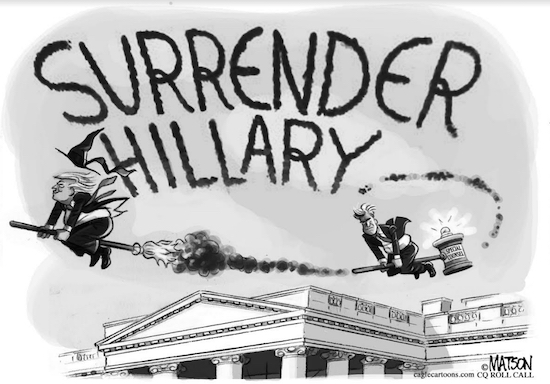OPINION: What’s the real story behind Hillary, Russia and uranium?

President Donald Trump calls it the “real Russia story”: allegations that as Secretary of State Hillary Clinton approved the sale of 20 percent of U.S. uranium supplies to Rosatom, the Russian state nuclear company.
The sale was greased by $145 million in contributions to the Clinton Foundation from Canadian executives who benefited from the sale, according to these allegations.
Prosecutors at the Justice Department are now reportedly considering the appointment of a special prosecutor to look into the transaction. Here is a look at some of the details of the case.

Brooklyn Boro
View MoreNew York City’s most populous borough, Brooklyn, is home to nearly 2.6 million residents. If Brooklyn were an independent city it would be the fourth largest city in the United States. While Brooklyn has become the epitome of ‘cool and hip’ in recent years, for those that were born here, raised families here and improved communities over the years, Brooklyn has never been ‘uncool’.